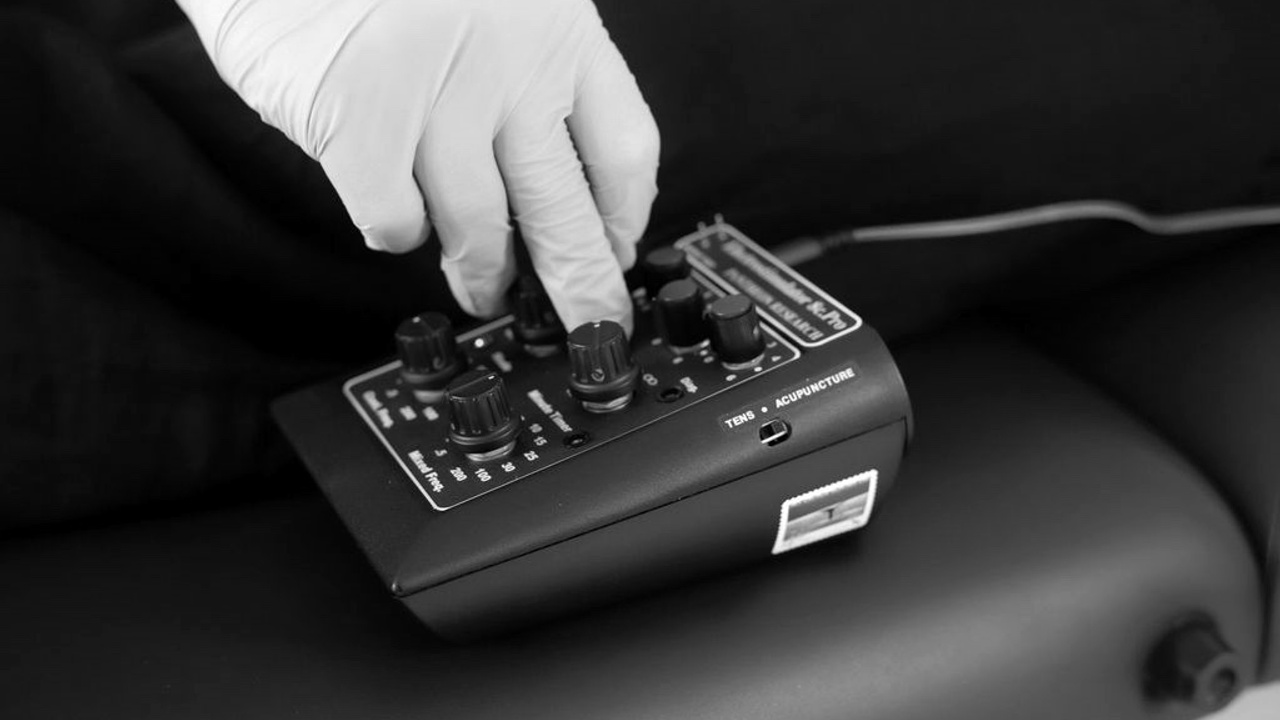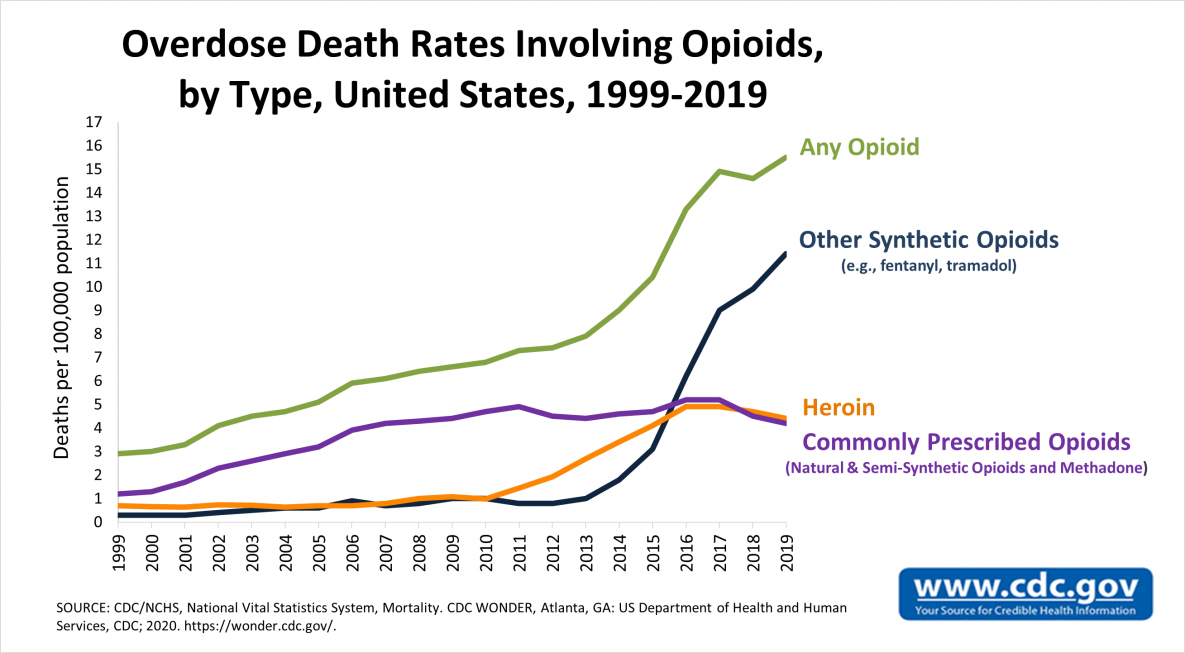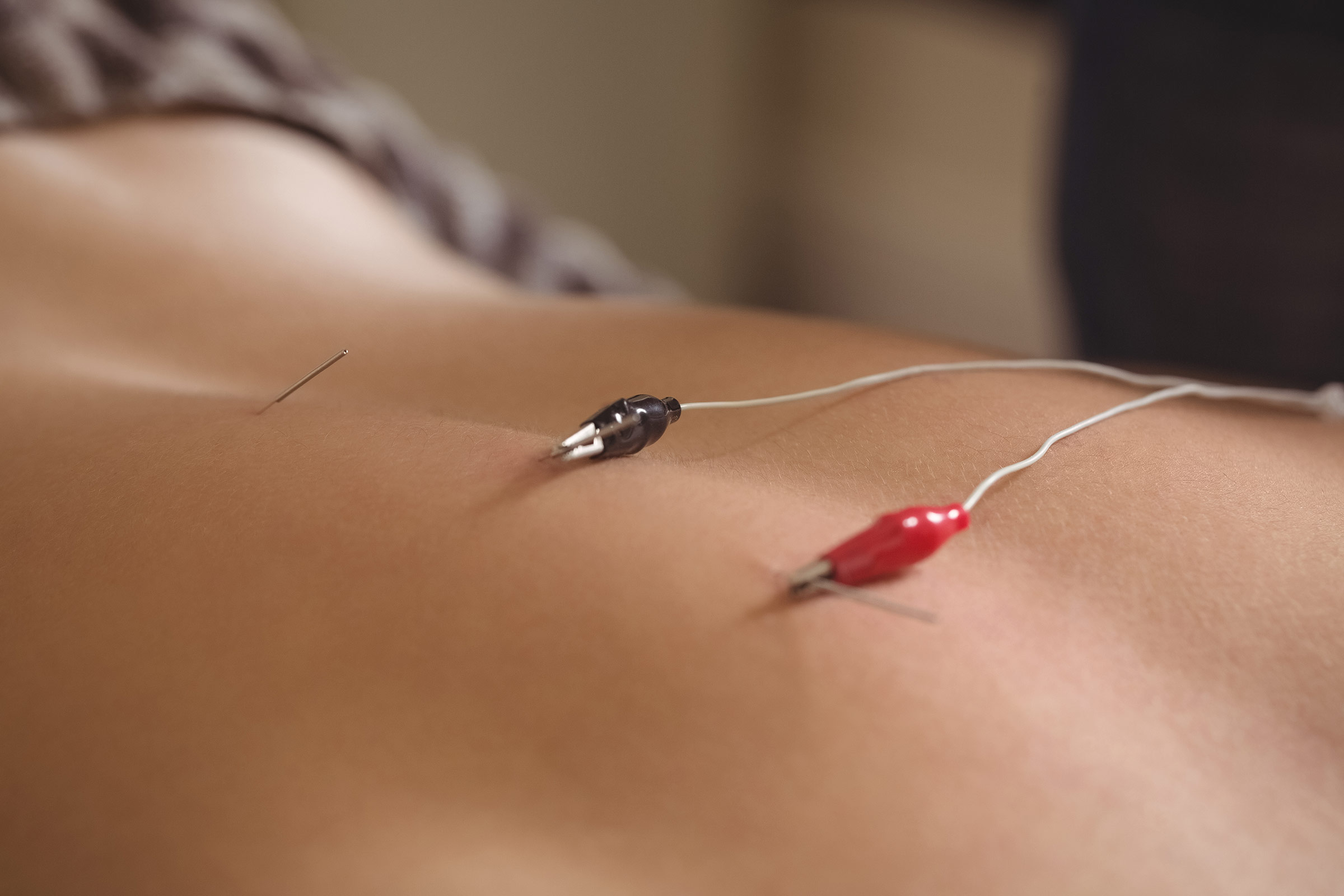Electroceutical, the future of pain medicine!
Jul 12, 2021
Pain medicine is evolving
There is a new era of technologies entering the health, wellbeing and rehabilitation market that are fast becoming the preference for treatment of pain conditions and injuries. Electroceuticals, or Bio electrics, are an exciting field of medicine that is making an impact in the wellness of our communities and gaining attention of medical practitioners around the world.
In the N.I.C.E guidelines published this year for the UK, the committee considered that the evidence base for acupuncture in pain medicine was large enough to justify a recommendation, and therefore agreed to recommend the use of acupuncture in clinical practice for people with primary or chronic pain.
What most people don't realise is that acupuncture has evolved significantly in the last 80 years and has become a major player in the electroceuticals medical market, offering a wide range of bio electric interventions for many areas of medicine utilising electroceutical technologies like the Pantheon.
More research is being carried out to deepen the understanding of the mechanisms electroceutical technologies have combined with acupuncture than ever before. Research methods, design and language and communication barriers have also significantly improved, revealing the wide spread effects of electro acupuncture on the nervous system.
Neuropuncture Inc is at the forefront of this research in the application of electroceutical technologies.
Learn more about Neuropuncture published research:
A Clinical Handbook of Neuropuncture
Neuropuncture Case studies and Clinical Applications
A brief history of electroceutical acupuncture
The first groundbreaking research which established electroceutical technology's affect on modulating the endogenous opioid circuit was carried out from the late 1940s to early 1950s in China by Dr Ji Sheng Han. He is the Director of the Neuroscience Research Institute at Beijing University. He is also an adviser of the World Health Organization and National Institute of Health. He is the inventor of the “Han’s acupoint nerve stimulator” (HANS) used to treat neurological disorders and pain. He has been the recipient of numerous awards for his outstanding work of 50 years.
Although there was unequivocal evidence indicating the participation of endogenous opiate-like substances in electro acupuncture analgesia, their exact sites of action remained to be elucidated until Dr Ji Sheng Han's research.
From the results of localisation studies by injecting minute amount of narcotic antagonist naloxone into discrete brain areas and assessing its effect on acupuncture analgesia in rabbits Hans research concluded that nuclei accumbens, amygdala, habenula and periaquaductal grey are the strategic sites for endogenous opioids to exert their analgesic effect. These brain areas are also of extreme importance for the realisation of morphine analgesia.
Improved imaging technologies, research models and funding have been invaluable in understanding the brain regions, neural pathways, networks and neurochemistry involved in electo acupuncture stimulus within the peripheral and central nervous system. This has lead to growth in the evidence base for electroceutical interventions for pain medicine, growth of the Acupuncture industry in the west and better understanding of the role electro acupuncture can play in primary care of pain conditions.
Electroceutical technologies for pain and injury.
When applying Neuropuncture we clip electrodes to gently stimulate needles that are placed in, or adjacent to, injured and diseased tissues. We target functional neuro anatomical units which communicate with the nervous system, with FDA approved electroceutical technologies. Neuropuncture uses these advancements to encourage the natural healing processes for soft tissue repair and to restore the normal structure and function of the injured tissues. When applying Neuropuncture for resolving pain pathologies we look look to maximise the body's in-built pain modulating system - the endogenous opioid circuit (EOC) - to modulate, regulate and rehabilitate pain conditions and any other related changes in the health status of the patient.
"I have a high pain threshold!"
That's a saying we have all heard many times, but is it really true?
To answer that question we must first understand what pain actually is.
Pain is an unpleasant sensation and emotional experience that links to tissue damage. It allows the body to react and prevent further tissue damage. People feel pain when a signal travels through nerve fibers to the brain for interpretation.
This system allows us to sense and feel different types of pain signals from our body. It can be steady, throbbing, stabbing, aching, pinching, or described in many other ways. Sometimes, it's just a nuisance, like a mild headache. Other times it can be debilitating.
The endogenous opioid circuit is nature's in-built pain modulating system the works via a series of checks and balances in the primary afferent nociceptive system, spinal cord, brain stem, mid brain, limbic system and cortical regions of the central nervous system.
Pain and Emotion
Pain also has an emotional and memory neural network that communicates with the EOC involving the lymbic system, mid brain and cortical structures which allows us to respond to the pain sensation and adapt our behaviour. This relationship between pain and the emotional experience of it can lead to some people being able to adapt and cope better than others to a pain stimulus, hence having a "higher pain threshold" .
In other circumstances injury and pain may negatively impact mental health causing anxiety, depression, insomnia, PTSD or chronic regional pain syndrome.
Clearly, pain and emotion are substantially overlapping, conceptually and functionally. Importantly, as pain cannot be reduced to the characteristics of a noxious stimulus, emotion such as fear cannot be reduced to a particular eliciting stimulus, such as jumping out of a plan.
Similarly, nociception can be pleasurable, such as for practitioners of masochism, and can even generate relief, as is the case in deliberate self-harming behaviours. This raises the question: in what way, if any, is pain different from any other emotion?
This highlights the need to study pain and emotions together, especially their bi- directional influence, and how and which peripheral and central neural circuits mediate their experience.
NeuroView: What Is the Relationship between Pain and Emotion?

Pain Medication
Typically most people know pain medicine as what we can easily buy over the counter like non steroidal anti inflammatories and pain medications that are derived from opiates. These exogenous (external) drugs, in certain circumstances, are very appropriate for treatment but unfortunately if incorrectly used, or with long term use, they have a high risk of damaging the endogenous (internal) opioid circuit.
The pain neural network also has an effect on the reward system. When we successfully dampen a pain sensation with medications this stimulates dopamine receptors in the frontal cortex that elicit a feeling of reward. This is one of the underlying mechanisms that can lead to addictive behaviours with medications. This can lead to a buildup of tolerance and dependency to pain medication and other side effects.
Sadly this approach to treating pain has led to a worldwide opioid and pain medication addiction epidemic. There is currently a lot of resources and funding looking into other ways of treating pain pathologies to resolve this issue which electroceutical are at the forefront of, along with other promising interventions. Unfortunately these efforts are currently not having much impact, deaths related to opioid drug overdose continue to rise every year and until a major shift in how we intervene with pain pathologies is established this sad trend will continue.

Neuropuncture approach for pain and injury
Neuropuncture targets the endogenous opioid circuit (EOC) by stimulating specific neural receptors within the peripheral nervous system to modulate, regulate and rehabilitate the EOC in three specific ways.
1) Locally at the site of the injury or diseased tissue the stimulation of different tissue fibres within the primary nociceptive system PANs down-regulates noxious sensation. A release of specific peptides, substance P and glutamate at the site of the needle signals to the central nervous system to activate the pain gate mechanisms.
2) By sending specific electrical dosages to the spinal column Neuropuncture activates the pain gate mechanism. This stimulates the release of enkephalins, serotonin and dynorphins in the spinal cord, which help to down regulate pain signals being received from the injured or diseased part of the body.
3) Specific electrical dosages can be used to target functional neuro anatomical units in the peripheral nervous system, stimulating the Mu, Delta, and Kappa receptors within the central nervous system to activate the periaqueductal gray matter to maximise the function of the EOC.
Neuropuncture is a safe and non invasive modality of applying electroceutical technologies for the management of pain conditions and rehabilitation of the underlying injury or diseased tissue. It is safe to use with medication and can be applied along with other modalities of treatment for best clinical outcomes.

Auxiliary modalities
At Neuromedtec we don't only use Neuropuncture to assist injury recovery and pain management. Our specialist Pete Larking also utilises fascial decompression (Cupping and Gua sha), massage, manipulative interventions (Tuina) and topical applications like kiniso tapping, liniments, balms and poultices.
Mel Garrity our Naturopathy specialist offers the most advanced cutting edge screening panels with fxMed for nutraceutical interventions, dietary advice and metabolic detox programs to accelerate your recovery and wellbeing.
Medical Movement Therapy is a system that combines the knowledge from Qi gong and Tai ji quan with the neurosciences of movement rehabilitation. Combining postural breath regulation, meditation techniques and movement therapeutics to target proprioception, vestibular, visual and musculoskeletal and organ systems to rehabilitate injury, disease, and enhance recovery of pain condition,
Posture is Key!
Many of the injuries and pain pathologies we see are influenced by underlying postural disfunction and adaptions due to injury that slow the healing process.
Try our Medical Movement Therapy postural integration course to assist in the recovery of pain and injury conditions.
Postural Integration Course
Neuromedtec Clinical Process
Neuromedtec has a unique approach to pain medicine that aims to create a individualised treatment plan for the rehabilitation of your injury or pain condition.
Find out more about Neuropuncture treatment plans
This starts with the initial consultation which could be 45 mins or up to 3 hours depending on the complexity of your condition. During this process we look at any information that you may have about your condition and do a thorough subjective and objective assessment, including questioning, looking at any speciality labs, images or tests that may have been performed followed by a neurological and orthopaedic assessment to help further understand the patient's condition.
Once a diagnosis is made, we then create the personalised treatment program that is inclusive of a Neuropuncture prescription and auxiliary modalities which will be utilised in the treatment process, electrical dosage of the time frames and specific electroceutical currents and frequencies that will be applied. Finally a treatment plan is designed that outlines the frequency of treatments and how many will be applied for your personal health needs.
If you are interested in receiving an initial consultation, or having Neuromedtec come and talk with your community, please contact us.
We are here to help!
Our goal is to enhance the wellbeing of our community by offering the latest cutting edge medical advancements for safe non-invasive and effective pain medicine.
Pete and the Neuromedtec team.
Join us at the Stillness in Motion 5 hour retreat May 17th in Wairarapa
Limited spaces available so secure your spot today!
